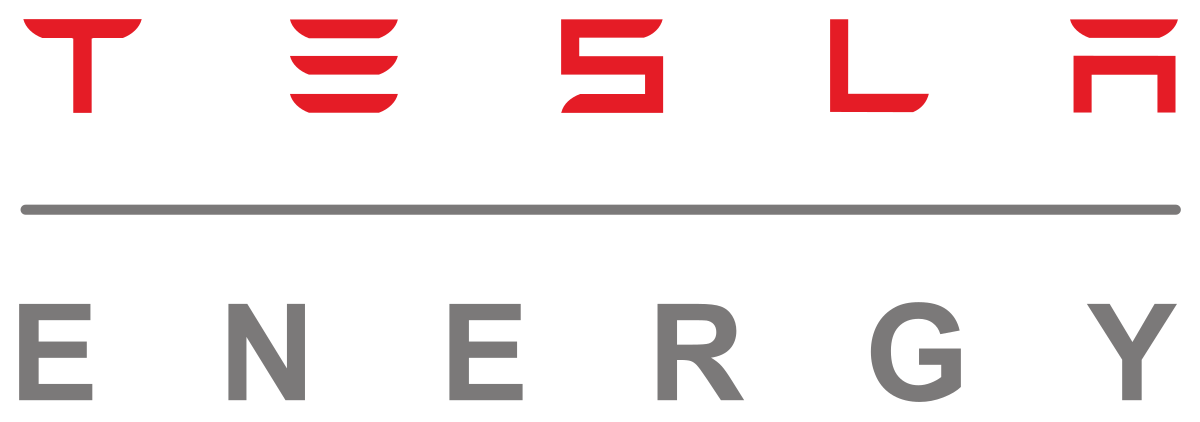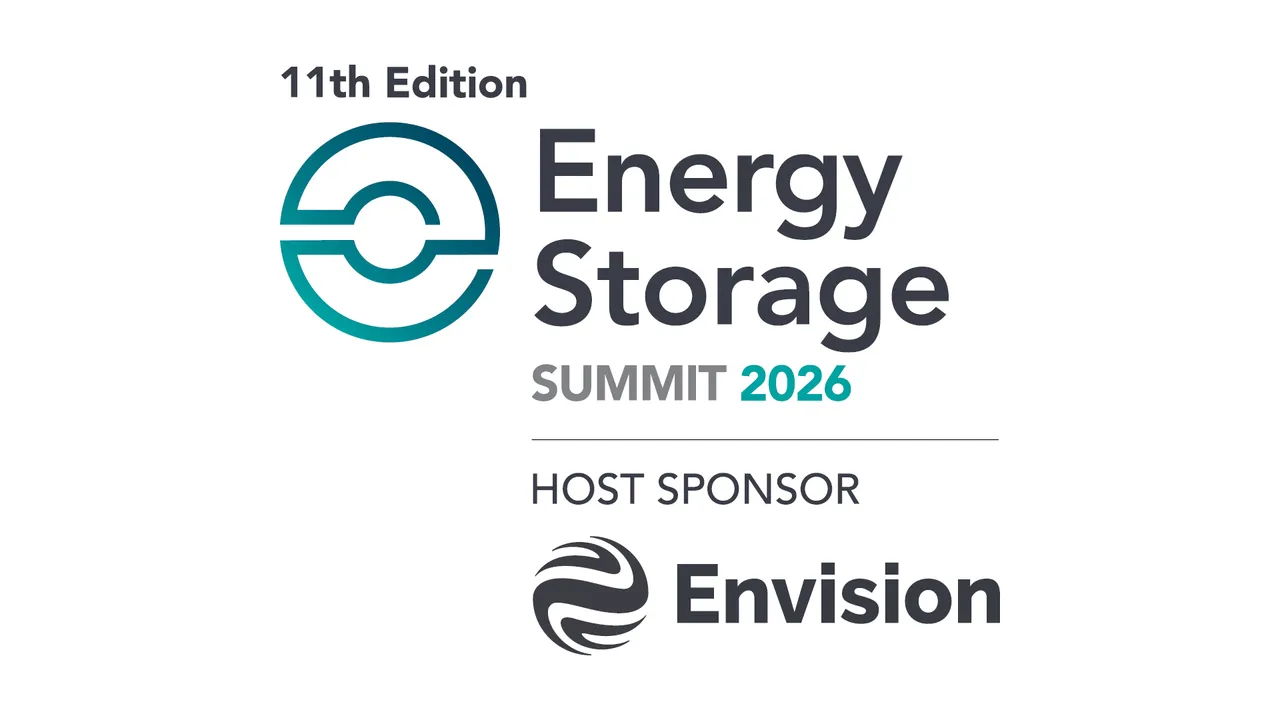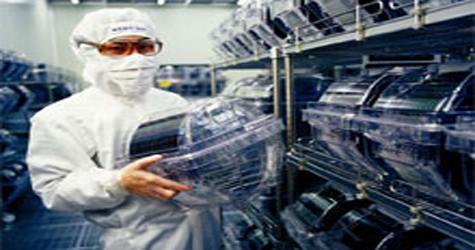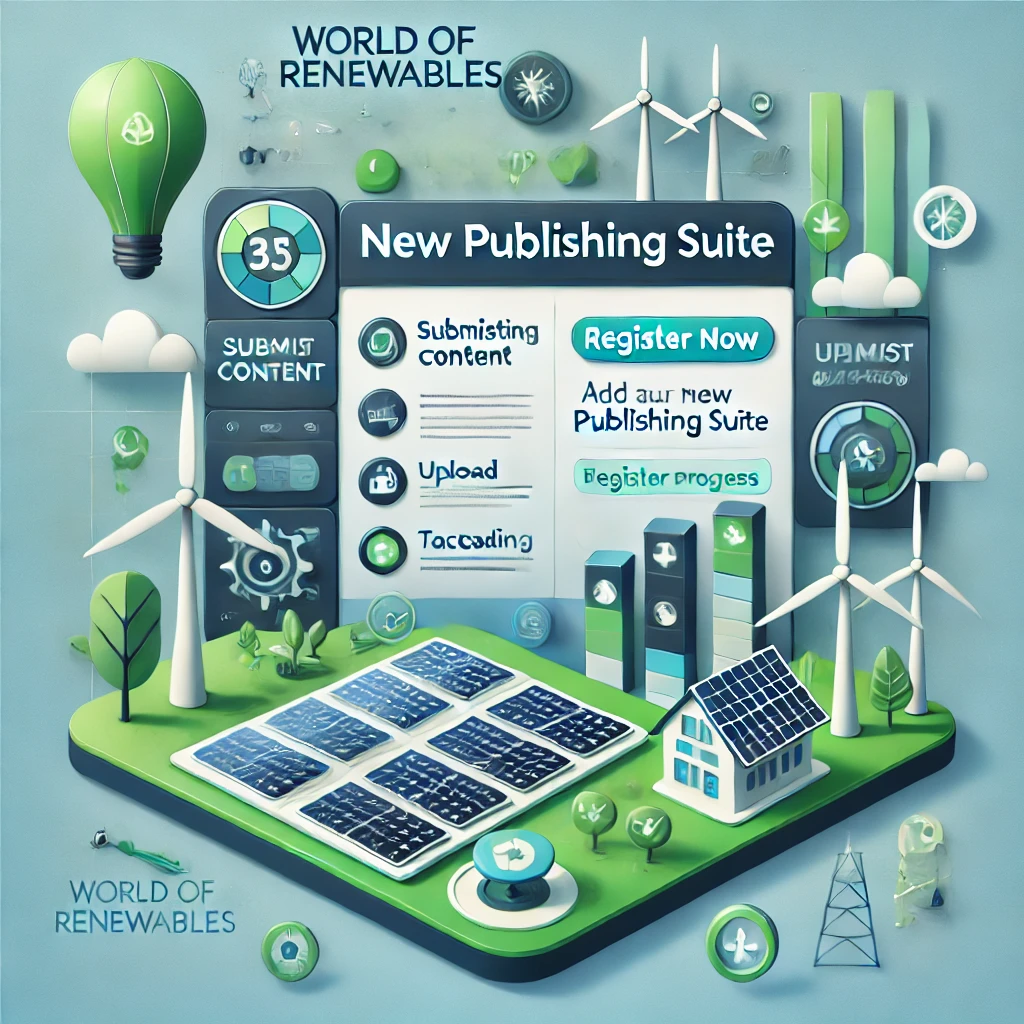System Will Grow Antireflective Coatings on Solar Cells.
Red Bank, NJ
Natcore Technology Inc. (TSX-V: NXT; NTCXF.PK) today begins work on the first production model of its intelligent LPD processing station for growing an antireflective (AR) coating on silicon wafers in the process of becoming solar cells.
By using its exclusive technology, licensed from Rice University, Natcore believes its device will revolutionize the way solar cells are manufactured. At present, solar cell manufacture involves an expensive chemical vapor deposition (CVD) method that requires a high-temperature vacuum furnace; highly toxic and flammable silane and other dangerous chemicals; and silicon disks of sufficient thickness to withstand the high-temperature firing.
Conversely, Natcore’s is a liquid phase deposition (LPD), or wet chemistry, process. It grows the AR coating in a warm chemical bath; eradicates the need for silane; dramatically reduces energy requirements; and significantly lowers silicon usage. The resulting solar cells will be less expensive and less environmentally harmful than conventional solar cells.
Natcore is producing its device at MicroTech Systems, Inc., a 15,000 sq. ft. facility located in Fremont, CA. The 25-year-old Silicon Valley company designs and manufactures wet stations for solar, LED, semiconductor, biomedical, data storage and other high technology applications. MicroTech’s intelligent process control will be integrated with Natcore’s LPD technology into a wet process platform.
Natcore’s intelligent LPD process station will be a totally enclosed system that contains a pre-clean subsystem for wafer cleaning before introduction of wafers into the LPD process; an LPD process subsystem incorporating Natcore’s latest sizing and process control input; and MicroTech’s latest drying module specifically designed for low metallic contamination, which is important for optimal solar performance.
But perhaps the major feature of the Natcore device will be its ability to monitor the coating process throughout. Specifically, it will use MicroTech’s spectrometer-based technology to accurately measure the thickness of the AR coating on a wafer while it is submerged in a chemical bath, and can alter the composition and duration of the bath in order to produce cells with greater simplicity and a high degree of precision.
Production will be conducted in two phases. The first phase, estimated to take approximately 8–10 weeks, will result in a manual development system, measuring about 8 ft. x 6 ft. x 6 ft., that will allow Natcore scientists to refine the coating process. At that point, Natcore scientists and MicroTech engineers will determine what changes need to be made and how much automation they want to add in the second and final phase. The final production system will measure about 20 ft. x 6 ft. x 8 ft. high. It will be a self-contained modular system capable of recycling its own effluents and of producing 3,000 AR-coated wafers/hour.
“This device will be adapted from existing, proven equipment already in wide use in industry, but will incorporate Natcore’s LPD technology in exciting new ways,” notes Brien Lundin, Natcore’s Chairman. “The testing that we will do on the initial equipment will have a goal of rapidly introducing our intelligent device into an existing solar cell fabrication line. Dependent upon the results of that testing, we hope to have a product ready for sale in the near future.”
“We’re building our first production model in the U.S., rather than at our China joint venture, for reasons of time, quality, and logistics,” says Chuck Provini, Natcore’s president and CEO. “We want to set the standard for quality and reliability. By building it in California, we can keep a close eye on the machine’s development without the disruption created by a 12-hour time difference and the need to travel halfway around the world. And by choosing MicroTech, we are assured of the highest quality.”
“We have been impressed with Natcore’s vision of bringing cost effective Liquid Phase Deposition into solar cell manufacturing and are excited with the working relationship already established between the companies” says Tom Halloran, Microtech’s Director of Business Development and Program Manager of Microtech.
“We believe that Natcore’s LPD technology truly provides a paradigm shift in driving the cost of solar manufacturing and we wanted to be an integral part of that solution. We feel privileged to have been chosen as the equipment development partner,” states Tom Vukosav, President and CEO of MicroTech Systems Inc.










